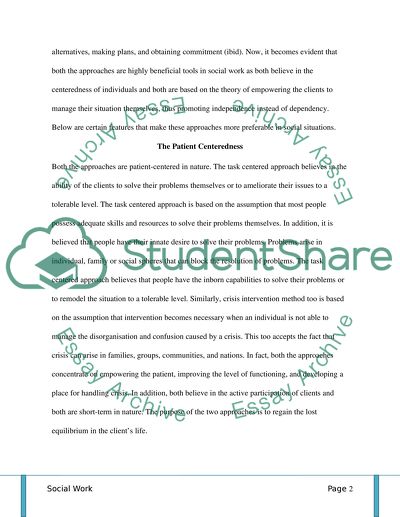Cite this document
(A Helping Relationship between the Social Worker and the Client Essay Example | Topics and Well Written Essays - 2500 words, n.d.)
A Helping Relationship between the Social Worker and the Client Essay Example | Topics and Well Written Essays - 2500 words. https://studentshare.org/environmental-studies/1411692-a-helping-relationship-between-the-social-worker-and-the-client
A Helping Relationship between the Social Worker and the Client Essay Example | Topics and Well Written Essays - 2500 words. https://studentshare.org/environmental-studies/1411692-a-helping-relationship-between-the-social-worker-and-the-client
(A Helping Relationship Between the Social Worker and the Client Essay Example | Topics and Well Written Essays - 2500 Words)
A Helping Relationship Between the Social Worker and the Client Essay Example | Topics and Well Written Essays - 2500 Words. https://studentshare.org/environmental-studies/1411692-a-helping-relationship-between-the-social-worker-and-the-client.
A Helping Relationship Between the Social Worker and the Client Essay Example | Topics and Well Written Essays - 2500 Words. https://studentshare.org/environmental-studies/1411692-a-helping-relationship-between-the-social-worker-and-the-client.
“A Helping Relationship Between the Social Worker and the Client Essay Example | Topics and Well Written Essays - 2500 Words”. https://studentshare.org/environmental-studies/1411692-a-helping-relationship-between-the-social-worker-and-the-client.


